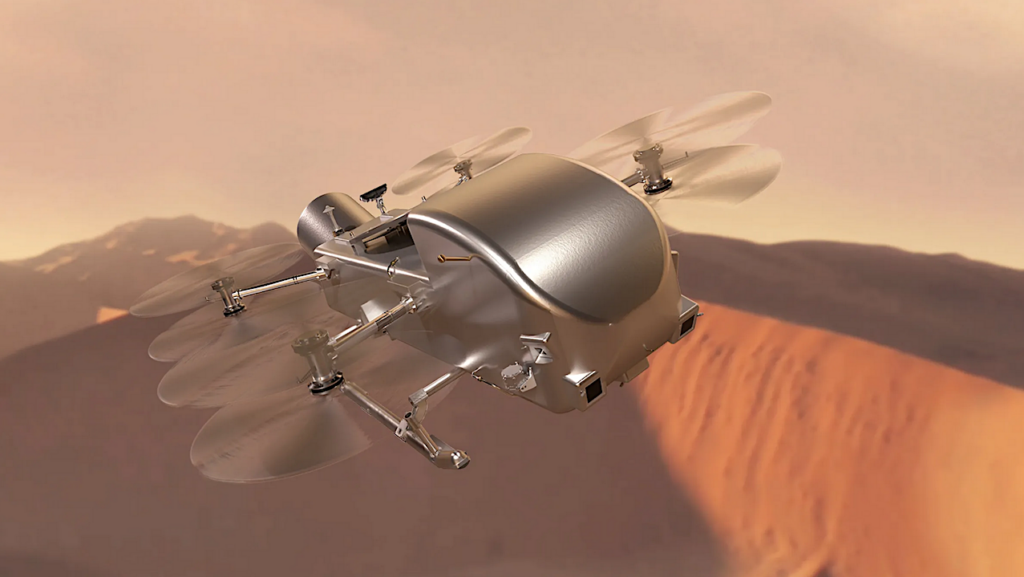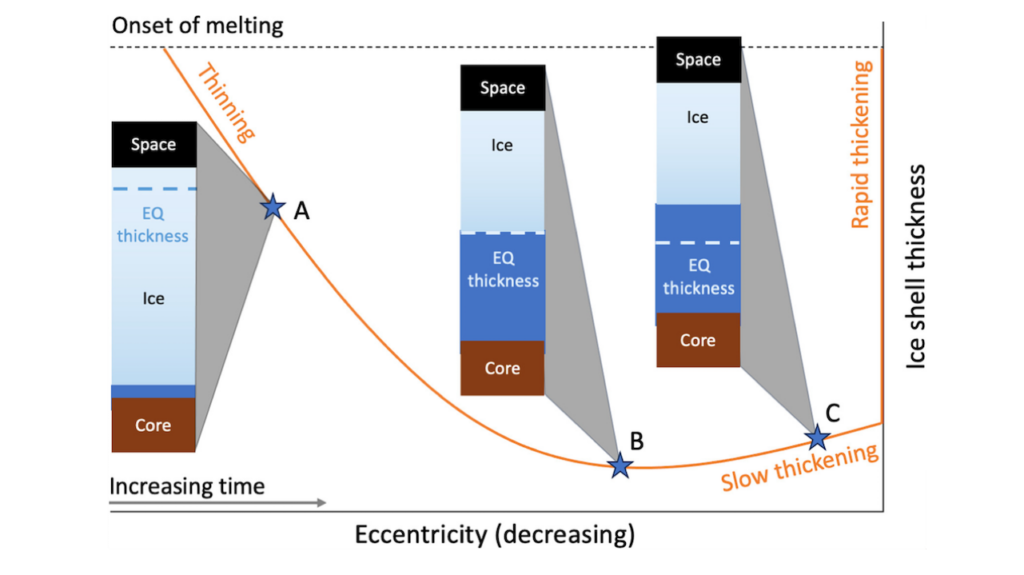Formation of Venus, Earth and Mars: Constrained by Isotopes

We discuss the current state of knowledge of terrestrial planet formation from the aspects of different planet formation models and isotopic data from 182Hf-182W, U-Pb, lithophile-siderophile elements, 48Ca/44Ca isotope samples from planetary building blocks, 36Ar/38Ar, 20Ne/22Ne, 36Ar/22Ne isotope ratios in Venus’ and Earth’s atmospheres, the expected solar 3He abundance in Earth’s deep mantle and Earth’s D/H sea water ratios that shed light on the accretion time of the early protoplanets.
Accretion scenarios that can explain the different isotope ratios, including a Moon-forming event after ca. 50 Myr, support the theory that the bulk of Earth’s mass (>80%) most likely accreted within 10-30 Myr. From a combined analysis of the before mentioned isotopes, one finds that proto-Earth accreted 0.5-0.6 MEarth within the first ~4-5 Myr, the approximate lifetime of the protoplanetary disk. For Venus, the available atmospheric noble gas data are too uncertain for constraining the planet’s accretion scenario accurately.
However, from the available Ar and Ne isotope measurements, one finds that proto-Venus could have grown to 0.85-1.0 MVenus before the disk dissipated. Classical terrestrial planet formation models have struggled to grow large planetary embryos quickly from the tiniest materials within the typical lifetime of protoplanetary disks. Pebble accretion could solve this long-standing time scale controversy. Pebble accretion and streaming instabilities produce large planetesimals that grow into Mars-sized and larger planetary embryos during this early accretion phase. The later stage of accretion can be explained well with the Grand-Tack, annulus or depleted disk models. The relative roles of pebble accretion and planetesimal accretion/giant impacts are poorly understood and should be investigated with N-body simulations that include pebbles and multiple protoplanets.
H. Lammer, R. Brasser, A. Johansen, M. Scherf, M. Leitzinger
Comments: 49 pages, 7 figures. This is a preprint of an article published in Space Science Reviews. The final authenticated version can be found online at: this https URL
Subjects: Earth and Planetary Astrophysics (astro-ph.EP)
Journal reference: Space Sci Rev 217, 7 (2021)
DOI: 10.1007/s11214-020-00778-4
Cite as: arXiv:2102.06173 [astro-ph.EP] (or arXiv:2102.06173v1 [astro-ph.EP] for this version)
Submission history
From: Manuel Scherf
[v1] Thu, 11 Feb 2021 18:38:34 UTC (1,246 KB)
https://arxiv.org/abs/2102.06173
Astrobiology,








